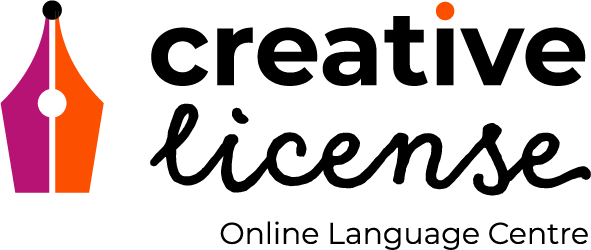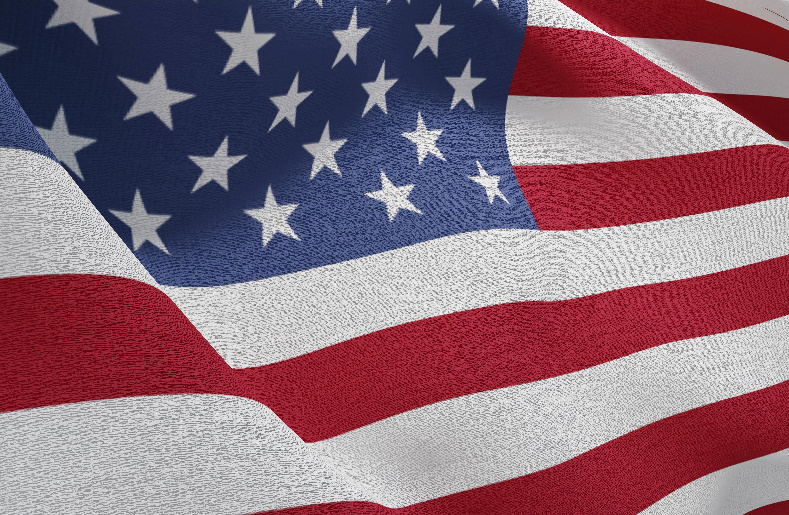In Stephen Colber’s words, age became the dominating theme of the 2024 presidential race this June when after President Joe Biden’s not-so spectacular performance at the presidential debate, all the U.S. media, especially those connected with the right political scene, made the ground-breaking discovery that the President was old. Comments ranging from the steadiness of the President’s gait, his stiff posture through his memory slips to inconsistencies in his arguments and ideas, gained wide currency leading to more and more frequent speculations if the President was fit for running for office for a second term.
Truth be told, both candidates, who are elderly gentlemen in their early 80s, Joe Biden, and late 70s, Donald Trump, are not deprived of signs of aging such as memory loss, incidental slips of the tongue or lack of words. So, what is it that makes these signs of aging so troubling when they can be observed in politicians and presidential candidates, in particular? After all, old age can also stand for experience, wisdom, caution, prudence, good judgement and traditional values. And it was precisely these qualities that secured Joe Biden’s victory during the last presidential race in 2020 when Donald Trump was associated with chaos, disdain for tradition and international commitments, and on top of that, dictatorial sympathies.
However, now it seems that all of those positive sides of ageing have been forgotten. Look, what is happening at present with the opinion polls! Polls after polls show that the Democratic candidate Vice-President Kamala Harris, who succeeded President Joe Biden, has taken the lead. This surge of popular support is attributed among other factors to the young age of the politician, 59 and the energy and vigor she injected into her campaign. Nor should one underestimate her positive, cheerful and warm personality, which immediately altered the whole character of the Democratic campaign and by contrast rendered the Republican’s race as stale, stiff, grim, vindictive, mean, grumpy, simply “old.”
In addition, it seems that the Republicans were caught out of guard with the change of the Democratic candidate, and it took weeks until Donald Trump, almost an octogenarian, stopped lamenting over the fact that now he is to face a younger WOMAN candidate, the “Laughing” Kamala Harris. In no time did Kamala Harris, a woman in her prime, who immediately won the support of the majority of women voters, coalesce all those opposing the antiabortion legislation in the states as well as sounded the alarm against voting for a presidential candidate who has been pronounced guilty in both civil and criminal suits. Summoning her experience as a prosecutor and Prosecutor General, she made it clear that whatever promises Donald Trump is about to make, there will be little control over his policies and decisions once he is in the White House. As Donald Trump’s previous term showed, checks and balances do not work with a President who himself questions the legitimacy of the judicial system and the unbiased judgement of the officials involved in it. So why should he observe the constitution now?
Kamala Harris’s second move, which dealt a massive blow to the Republican campaign, was her choice of a Vice-Presidential candidate, namely the high-spirited and charismatic high-school teacher, former National Guard Officer and present Governor of Minnesota, Tim Walz. Walz is a living example that federal initiative in social and educational policies really works. He benefited from programs providing assistance to veterans and veteran’s families, which helped him acquire college education, pay his father’s medical bills and set on a path of a successful teacher’s career. There is no doubt that his personal qualities such as vitality, perseverance, positive, open and trusting attitude to people and his belief in working across the aisle for the common good have won him many friends and propelled his political career up to the Capitol where he served as Congressman and later became Governor of Minnesota in his own state. Tim Walz’s vibrant rhetoric and his ability to enthrall the audience in addition to his appearance, which renders him more akin to your next-door neighbor than to a professional out-of-Ivy-league-university politician, make him a convincing candidate who can speak to and for the common middle-class man.
However, if Stephen Colber was right when he noticed that this Presidential race is about age, the question we need to answer is who are the young people of America going to support in this election? When in July President Biden stepped down and endorsed Kamala Harris as a presumptive Democratic nominee, the internet exploded with memes, coconut trees and songs which called Kamala Harris “brat.”¹ Taylor Swift and other celebrities hastened to express their support for the Democratic candidate while election staff tried to adopt young people’s themes and colors appearing in youth’s online content. Even the Republicans attempted to capitalize on the youth vibe.
Since then, every opinion poll has shown consistently Kamala Harris’s lead at 50% – 60% over Donald Trump among voters between 18 and 29 year-old. Therefore, judging by the polls, it looks as if it would be the youth who will tip the scales in the November elections. Unfortunately, this is not a foregone conclusion. Although young people are quick to support progressive candidates, few of them actually cast their ballot on Election Day. The gap between people aged 60 and older and young adults who actually vote is more than twice as large in the United States as it is in other countries such as Canada or Germany.
There are numerous reasons why many young people fail to vote. One of them is that many young people devote their time to college, work, family and social commitments and simply do not find the time to prepare to vote. Even more so, as in order to be eligible to cast a ballot in the United States it is necessary to register in advance. That is why it has also become increasingly common for political campaigns to help young adults make a plan to vote – by outlining when and where they are going to vote, as well as how they will get to their polling location. Other common strategies include sending text message reminders, creating automated calendar reminders or offering transport to the polls.
Moreover, government policies that make it easier to register and vote boost the turnout of young voters. Same-day voter registration is particularly effective. Similarly, allowing 16- and 17-year-olds to preregister to vote before they turn 18 can also substantially increase the number of voters under 30. Nowadays, 21 states, including California, Massachusetts, Florida and Louisiana, allow 16- and 17-year-olds to preregister to vote.
Celebrity involvement in the elections and their candidates endorsements make it “cool” to vote again. Young people, including those from battleground states, are now opting for Kamala Harris over Donald Trump by as much as twenty-four points. Harris has encouraged a torrent of donations, with $310 million in July and $36.6 million within a day of her running mate announcement. During her first week as the presumptive nominee, more than one hundred and seventy thousand individuals signed up to volunteer for her campaign. According to Cristina Tzintzn Ramirez, President of NextGen, a prominent youth-voting group, Harris is adept at connecting with the culture that young people care about. Her message is more coherent and reaches Trump directly. In addition, Harris, who identifies as a Black and Asian woman, will remain a popular choice among young voters, due to her commitment to economic issues like health care access and student debt forgiveness. For many young people, she represents the progress the United States stands for as well as the constituency itself—that is the young generation which is the most racially diverse in history.
Before President Biden withdrew from the race, Kamala Harris was renowned for her advocacy on reproductive health, a question of paramount importance to young people. However, abortion is typically viewed as a women’s issue, so what about young men? Two polls earlier this year indicated that young men favored Trump over Biden by fourteen points, causing concern among Democrats. A Wall Street Journal headline proclaimed, „America’s new political war pits young men against young women.” The Guardian wondered whether young men could contribute to a Trump victory. Although Biden and Harris had pledged jobs and investments to support young men, these accomplishments have seemingly failed to resonate with them. Perhaps enthusiasm from groups like Coach Walz and White Dudes for Harris will draw young American men back to the Democratic fold and demonstrate that Trump, J. D. Vance, Hulk Hogan, and Kid Rock aren’t the sole role models.
The Harris-Walz campaign faces a formidable challenge. They must maintain a youthful image and support identity politics while also appealing to older, working-class voters, which is crucial for winning states like Pennsylvania. Will a platform that champions labor, taxes the wealthy, and prioritizes health and education attract young people? This presidential election is about youth, dynamism, progressivism and diversity. It remains to be seen if the Democrats have correctly captured the vibe for change in America.
- According to Dictionary.com the term “brat“ means “someone who is confidently rebellious, unapologetically bold, and playfully defiant. This new definition celebrates individuality and a carefree attitude, often with a hint of sass and a love for fun. Being labeled “a brat” or “bratty” in this context is more of a compliment, recognizing a person’s ability to challenge norms and express themselves freely without concern for conventional expectations.” https://www.dictionary.com/e/pop-culture/brat/
Image by Freepik


Dodaj komentarz